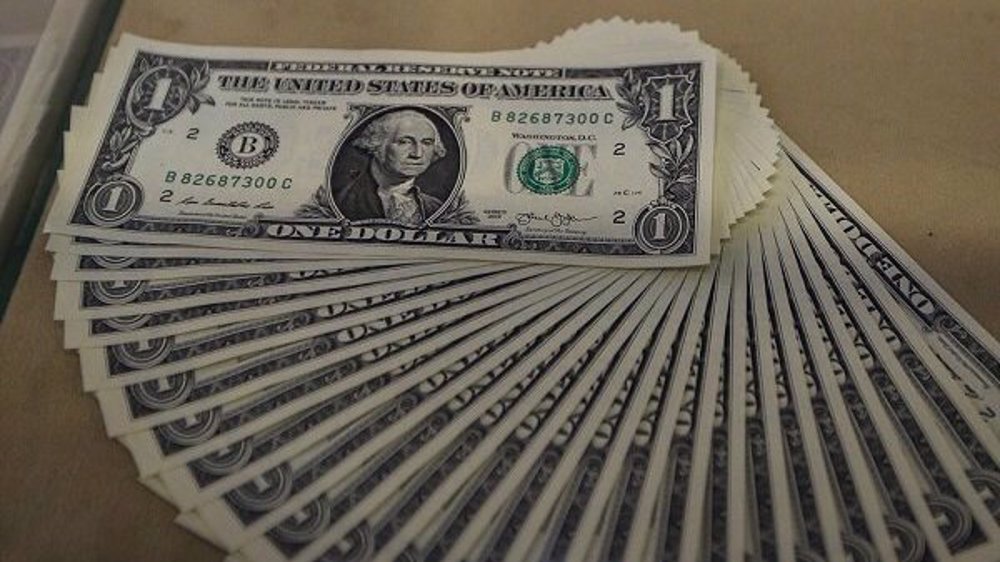Iran’s unique advantages for textile industry development
An international exhibition of textile industry is currently underway in Tehran with the participation of more than 290 companies from Iran and 13 other countries to present their capabilities, exchange the latest advancements in the industry and discuss investment, business and trade possibilities.
About 170 domestic companies and 120 foreign companies from Germany, Italy, Taiwan, Uzbekistan, Tajikistan, South Korea, Turkey, Pakistan, Austria, Switzerland, India, Japan and China offer their products and services at IRANTEX.
Three of the five top textile and apparel exporting nations, China, India and Turkey attend the 30th international exhibition of textile machinery, raw materials, home textiles, embroidery machines and textile products with 100 companies, 18 companies and 12 companies respectively.
The development of the textile industry in Iran has several advantages, foremost the luxury of an easy access to raw materials. Fifty-percent of the industry's need for cotton is supplied from within, although this figure was 100% until two decades ago.
As for silk, more than 50% of the country's needs which translates to 330 tonnes of silk thread, is produced domestically, with self-sufficiency potentially being around the corner with some planning and support of the sector.
The existence of abundant oil and gas resources and the country’s petrochemical capacity is another advantage for production of synthetic fibers.
Moreover, the domestic market of 85 million people with a turnover of $30 billion is the key driver of the textile industry in Iran, while there is another market of 400 million people in its neighborhood in Central Asia and the Caucasus.
Iran has a long textile legacy. According to archaeological findings, the country has produced textiles for at least 10,000 years. Persia made textiles and carpets for both local and foreign markets, which were famous for their elaborate patterns and vibrant colors.
Over the past three decades, the textile and apparel industry has gone off the cliff, with its 6.4% share in the country’s GDP plunging under one percent, marked by an influx of legally or illegally imported goods.
According to statistics, the annual import of smuggled clothing is estimated at more than $2 billion, where every one billion dollars of smuggling into the country causes the destruction and closure of more than 100,000 job opportunities.
This is while textile is one of the important industries in growth and development. The industry is important in terms of creating added value and creating jobs, given that it includes a wide range of products such as cotton, wool, silk, synthetic fibers, carpets and all kinds of textiles.
Several parameters distinguish textile from other industries. Clothing is one of the three basic human needs encompassing economic, social and cultural aspects all alike, where the design, color and role of products determine the end result. Turning cotton into clothing involves a chain which according to economists creates a 900% added value. The employment rate of the textile industry is also very high, and for every one job created in cotton cultivation, five jobs are created in the subcategory industries.
Finally, among different industries, textile requires the lowest initial investment to start a business. The average cost required to create employment for one person in the industry is about 25% of the average cost in other industries, where with an investment of $20 million, job opportunities can be created for 200 people.
That said, Iran appears to be on a damage control campaign after years of neglecting the textile industry. In the last three years, $1.1 billion has been allocated to modernize machinery in the leather, footwear and related industrial sectors, according to deputy industry minister Mohammad Mehdi Baradaran.
Officials say $5 billion of initial investment is needed over a period of five years to reconstruct and modernize the entire textile and clothing sector to bring the industry back online.
Given the advantages, the revival and expansion of the textile industry is a must which should be followed with utmost diligence and interest.
US, Ukraine describe Miami talks as 'productive' but no major breakthrough
VIDEO | Rising anti-Islam hate in UK
VIDEO | US seizure of oil tankers
VIDEO | People in Malaga hold rally to slam Israeli genocide in Gaza
Progress against famine remains ‘extremely fragile’ in Gaza: WHO chief
IEA data shows increase in Iranian oil production
VIDEO | Israeli regime kills two Palestinians including a child in occupied West Bank
VIDEO | Press TV's news headlines










 This makes it easy to access the Press TV website
This makes it easy to access the Press TV website